Act Now - Limited Time Offer
$67 Pest Control

Jakob Beltran
Pest Control Technician
Chris Mosby
Pest Control Technician
Jackie Murphy
Sales Representative
Orangevale residents often encounter the cat flea (Ctenocephalides felis) on their pets. These reddish-brown fleas are about 1/8 inch long and feed on the blood of cats and dogs, causing itching, hair loss, and even anemia in severe cases. Cat fleas can also bite humans, leaving behind itchy, red welts that may trigger allergic reactions.
The flea’s life cycle includes four stages: egg, larva, pupa, and adult. Female fleas lay between 20 and 50 eggs daily, which fall off pets and land on bedding and carpets. The larvae feed on organic matter and develop in humid areas. The full life cycle is completed in roughly 18 days, with adult fleas living up to 40 days on their host.
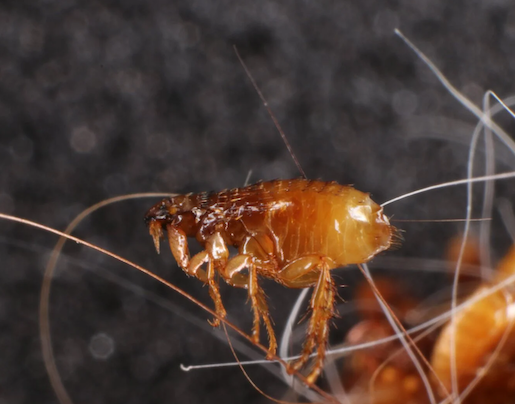
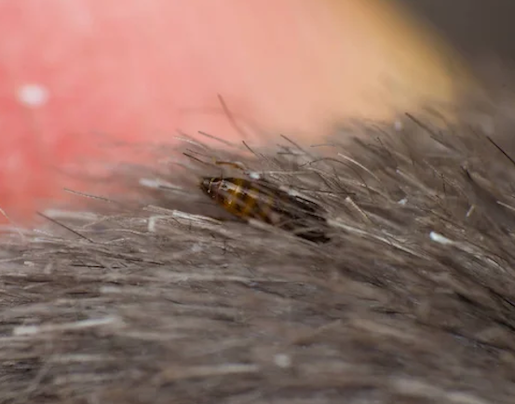
Dog fleas, or Ctenocephalides canis, are parasitic insects that primarily infest dogs but can also affect cats and even humans. Less common in California than cat fleas, dog fleas are small, reddish-brown, and wingless, making them hard to notice. These fleas feed on the blood of their hosts, leading to itching and discomfort. They can also carry parasites, including tapeworms.
Dog fleas undergo a complete life cycle, which includes eggs, larvae, pupae, and adults. Flea eggs are often dislodged from the host and land on bedding or carpets. Larvae feed on organic debris and adult flea feces. Pupae develop within cocoons, remaining dormant for months. Adults can survive for several weeks, feeding and reproducing regularly.
Sticktight fleas are commonly found on ground squirrels and poultry, attaching themselves to the ears and eyes of their hosts. This can lead to discomfort and health issues. Pets that roam outdoors, especially in areas with ground squirrels, are more susceptible. Regularly checking pets for fleas is important to catch infestations early.
Treating the pet and its environment is key. Both the pet and its bedding should be treated on the same day. Homes with outdoor pets should ensure a thorough inspection and treatment of both indoor and outdoor areas.
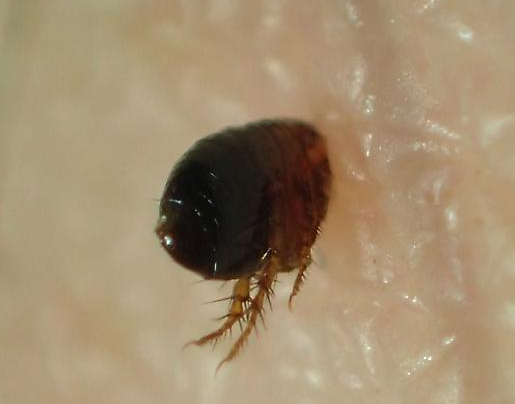
Orangevale Pest Control’s flea control process begins with a full assessment of your property. We examine your yard for flea hotspots, especially areas where your pets frequently spend time. This allows us to develop a focused treatment plan. Our technicians check shaded areas and dense vegetation for signs of fleas.
For indoor spaces, we carefully inspect baseboards, cracks, and crevices where fleas typically hide. Pet bedding, carpets, and furniture are also examined to ensure all flea habitats are identified. A thorough inspection ensures an effective flea treatment strategy.
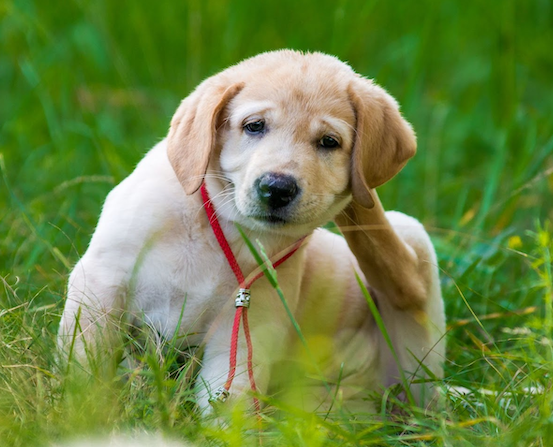
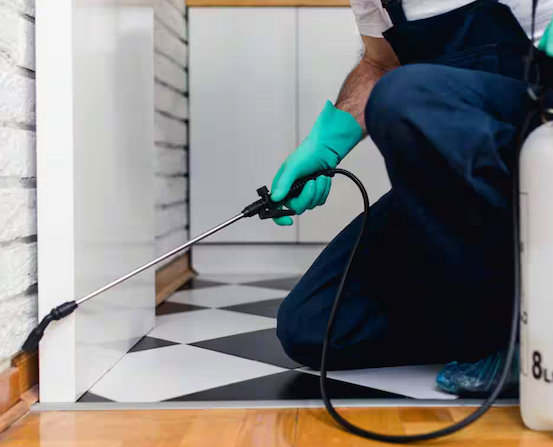
Before we arrive for your flea treatment, a few preparations are necessary. Mow your lawn outside. Inside, clear floors of toys, mats, and other items. Vacuum carpets, under furniture, and closet floors, then throw away the vacuum bag. Sweep and mop all floors. Treat your pets and wash their bedding on the same day. You’ll need to leave the house for 2-3 hours while the treatment dries.
We begin by inspecting your yard for flea hotspots and treat up to half an acre. Indoors, liquid treatments are applied to baseboards, cracks, and pet areas. The floors may be slippery after treatment but dry quickly. Fans can help speed up drying time.
Orangevale Pest Control offers a free follow-up treatment two weeks after the initial service to ensure any newly hatched fleas are effectively eliminated. During this visit, our technician will perform the same comprehensive treatment in all the treated areas to guarantee full eradication.
To improve results, we suggest vacuuming carpets and sweeping floors frequently after the initial treatment. This helps to stimulate flea eggs to hatch, making the follow-up treatment more successful. Keep pets treated and wash their bedding to reduce the chances of re-infestation.

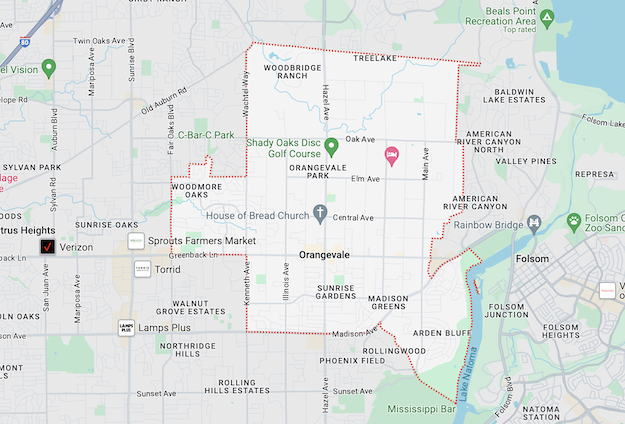
Limited time offer! Get $50 off your first pest control service.

Barrier Services
Orangevale Office
© Orangevale Pest Control 2024